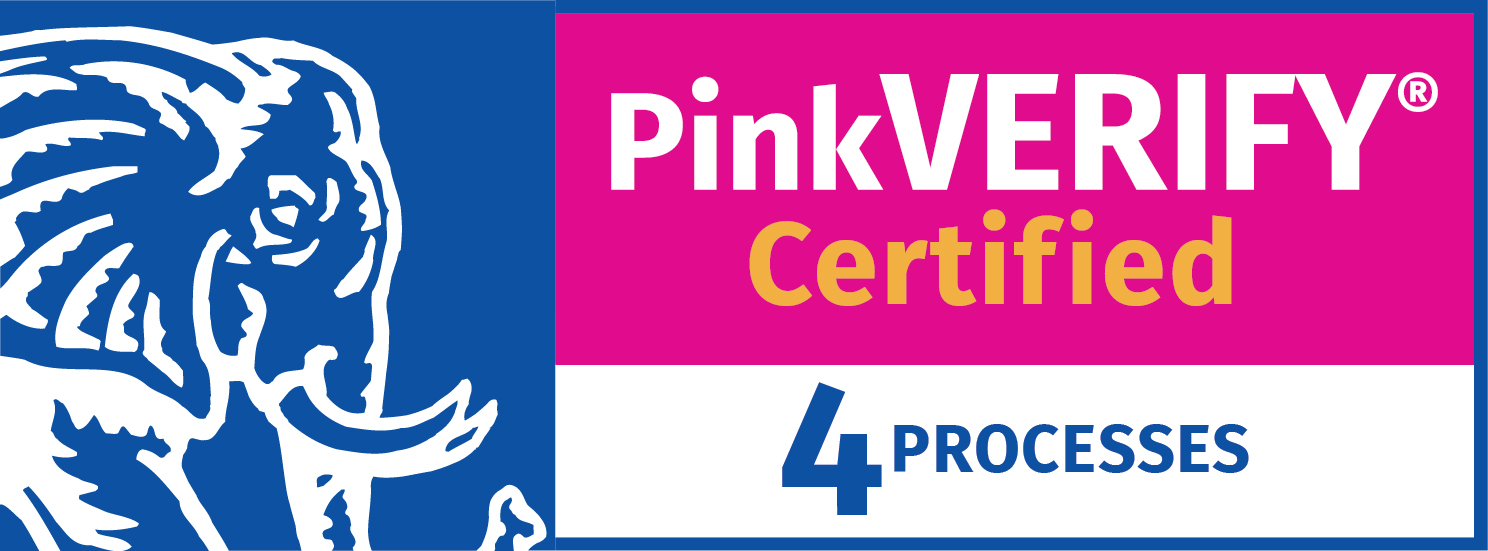How long has your IT support team been measuring customer satisfaction (CSAT) with respect to its end users? How long has it been scoring highly? And how long have you felt that your organization’s employees – or external customers if you’re a managed service provider (MSP) – aren’t as happy with your IT service delivery and support as the CSAT scores suggest? Don’t worry about the latter though – because, while it might feel as though it’s a bad thing, it’s actually a good thing. You’ve taken the first step in questioning the value of CSAT questionnaires for IT support and realizing that improvements might be necessary to better meet business and employee needs. This blog explains how employee experience management will help. The moving customer-satisfaction goalposts of IT support While the above concern – about the accuracy and value of CSAT questionnaires – is important, so is the recognition that employee expectations of IT support have changed, and continue to change. An element of this is the importance of IT services and support to employees being able to do what they need to do at work – with IT issues ultimately employee issues and potentially business issues. However, there’s also the growing employee expectations of service, support, and customer service that are being driven by their consumer-world experiences. Where, outside of work, their business-to-consumer (B2C) service and support experiences are being elevated by suppliers investing in customer experience (CX) strategies in the war to win, retain, and grow customers. Then, as with the now-aged “consumerization of IT,” employees are bringing these elevated expectations into the workplace. As a result, IT support teams need to get closer to employees’ personal-life service and support experiences (within the operational limits placed on the IT support organization), and this will only be dialed up further as the B2C company CX investments continue. Looking to employee experience management as a driver for IT support improvement Employee experience is a growing trend for IT organizations. The results of the ITSM.tools 2019 Future of IT service management (ITSM) survey showed that half of the respondents think that employee experience is already important to their IT organization and another quarter believe it will be by 2021. The importance of employee experience is also reflected in IT support industry surveys. For example, Service Desk Institute (SDI) survey data shows that UK and European service desks are now focused on employee experience over everything, including budgets (both SDI and HDI have a policy of referring to end users as the customers of the service desk): “Please rank these in terms of their influence on the service desk strategy” 

- Speed of service
- Service personnel’s attitude
- Service personnel’s skills.
Whereas unhappy employees highlighted:
- Slowness of service
- Their issue not being solved despite ticket closure
- Having to reexplain the issue and provide details repeatedly, i.e. being bounced between people.
Ask yourself, would you get this insight into issues and improvement opportunities from your current customer satisfaction feedback mechanism (that probably shows a 95% level of satisfaction from the small minority of employees that chose to respond)? Lost productivity reduction – the “killer app” for employee experience While it’s easy to think of employee experience as being a mechanism for IT support teams to “keep up with the B2C Joneses,” there’s more to it than simply providing better quality service and support. For example, consider the many cost-cutting strategies we see in the IT support industry – how do we know that saving US$1 in support costs isn’t costing the parent organization US$10 or more at a business level thanks to increased employee lost productivity? Plus, HappySignals has proven a link between employee happiness and productivity (when it comes to IT support). It’s now a big business case element for HappySignals customers, who are reducing employee lost productivity levels by focusing on improving employee happiness. And with such data, and improvement results, being shared by companies such as HappySignals, the popularity and perceived value of employee experience management can only grow. Do you currently measure your employee experience? If so, how has it helped your IT support capabilities? Please let me know in the comments.



